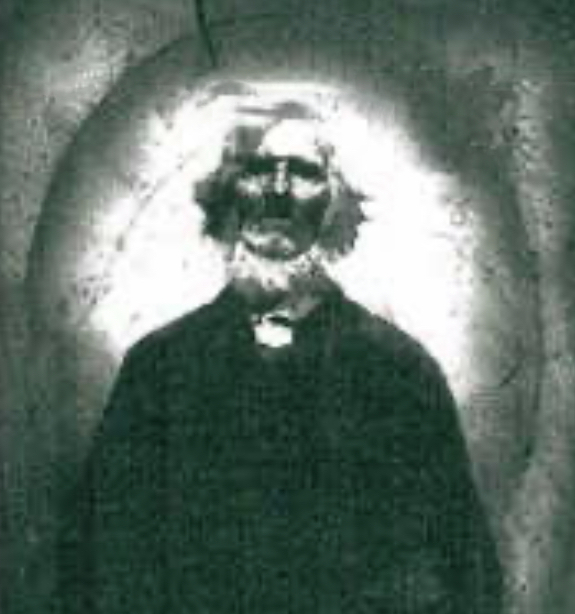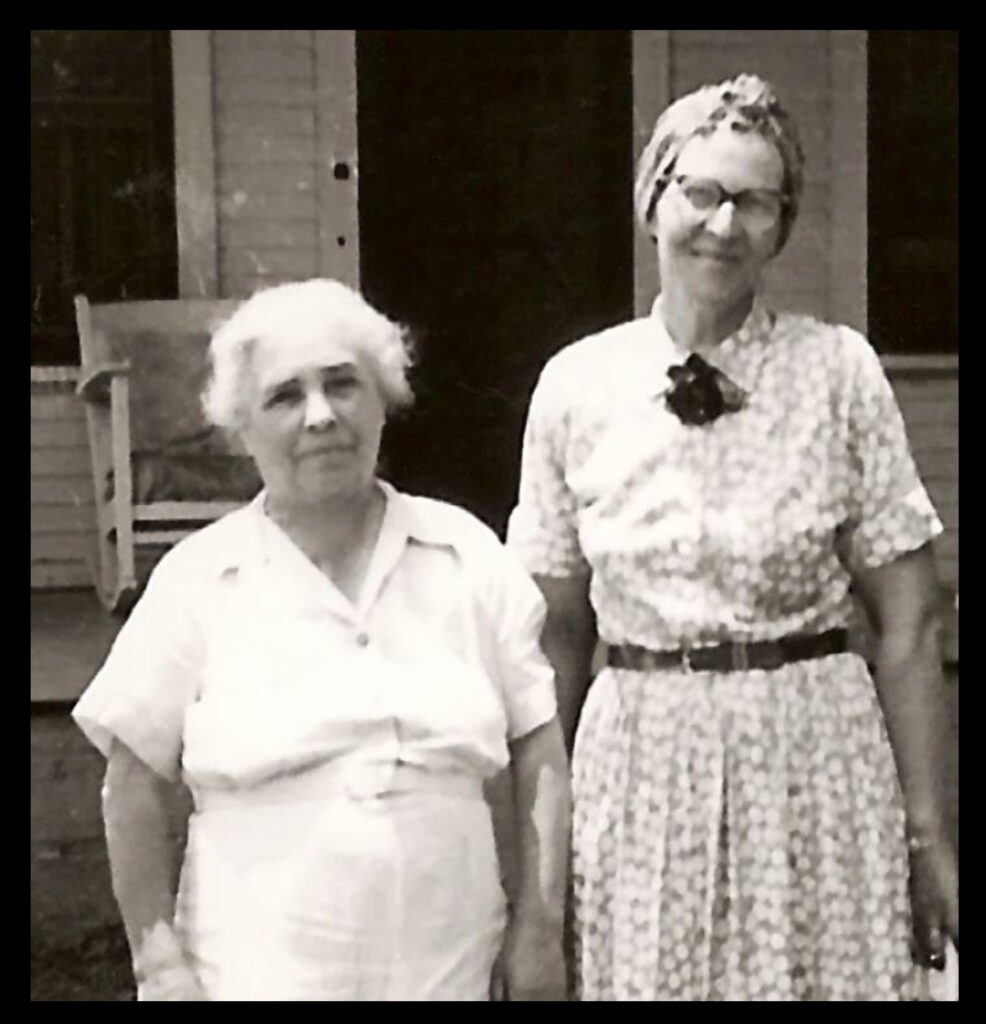
Theophilus Cross, my fourth great-grandfather, was born on March 1, 1792, in Wells, Rutland County, Vermont, a time when America was still in its infancy as a nation. His life was marked by a series of significant events and migrations that provide us with a glimpse into the challenges and adventures faced by early American pioneers.
In 1809, when Theophilus was just 17 years old, records show that his family was still residing in Wells, Vermont. The Vermont of 1809 was a predominantly rural state, characterized by small farming communities, dense forests, and a growing population of pioneers looking to make their mark in the expanding United States.
Theophilus’s life took a momentous turn on October 17, 1816, when he married Betsy Rogers in Randolph, Portage County, Ohio. At that time, he was 24 years old, and he would spend the next few decades in Ohio before eventually making his way to Indiana.
The journey from Vermont to Ohio around 1812 would have been a challenging one for Theophilus and his family. Ohio in 1812 was a frontier state, and the region was still in the process of being settled. The War of 1812 was raging, and it’s possible that Theophilus was influenced by the patriotic fervor of the time to serve his country.
Tragically, in 1812, his father, Daniel Cross, met his end in a snowstorm in Lodi, Medina County, Ohio. His belongings were found, but no body was recovered, leaving the family with a painful mystery.
Theophilus Cross served in the 2nd Regiment of the Ohio Militia during the War of 1812. The war was marked by various battles, including the famous Battle of Lake Erie in 1813, where American forces, under the command of Commodore Oliver Hazard Perry, secured a crucial victory. While it’s unclear whether Theophilus’ regiment saw direct combat, their service would have undoubtedly been essential in defending the young nation.
After his time in Ohio, Theophilus eventually settled in LaPorte, Indiana, as evidenced by the 1860 census. He was a farmer by trade and identified as having been born in New York. It’s likely that he, like many others of his time, sought opportunities in the fertile lands of the Midwest for a better life.
Theophilus and Betsy had a son named Merritt Cross, who later ventured into Southern Michigan to farm, continuing the family’s legacy of pioneering and agriculture. The story of Theophilus Cross is a testament to the resilience and adventurous spirit of early American settlers who braved the unknown to build a new life for themselves and their descendants.
What was Portage County, Ohio like in 1812?
In 1812, Portage County, Ohio, was still a frontier region in the early stages of development. The county, which was officially established in 1807, was situated in northeastern Ohio. Here’s what Portage County would have been like during that time:
- Wilderness and Forests: Much of Portage County was covered in dense forests, primarily hardwoods like oak, hickory, and maple. The wilderness was home to various wildlife, including deer, bears, and smaller game, making hunting an essential activity for early settlers.
- Pioneering Communities: The population of Portage County in 1812 was relatively small and scattered. The area was sparsely settled by pioneers and homesteaders who were seeking to establish farms and build communities.
- Agriculture: Clearing the land for farming was a significant endeavor in Portage County during this period. Settlers had to clear the forests to create arable land for crops like corn, wheat, and vegetables. Subsistence farming was the norm, with families growing their own food.
- Transportation: Given its proximity to Lake Erie, Portage County was strategically important during the War of 1812, and this likely influenced the region’s development. The area had rudimentary roads and trails, but transportation was challenging, especially during the winter months.
- Role in the War of 1812: Ohio, including Portage County, played a crucial role in the War of 1812. Forts and defensive positions were established in the region to protect against potential British and Native American incursions from Canada. While it’s unclear if Theophilus Cross and his 2nd Regiment saw direct combat in Portage County, their presence would have been vital for the defense of the region.
- Growth and Development: Over the next few decades, Portage County would see significant growth and development as more settlers arrived, infrastructure improved, and the wilderness was gradually transformed into farmland and towns.
In summary, Portage County, Ohio, in 1812 was a frontier area characterized by dense forests, pioneering communities, subsistence farming, and limited transportation. It was a region in the midst of transformation, with its role in the War of 1812 contributing to its historical significance.




